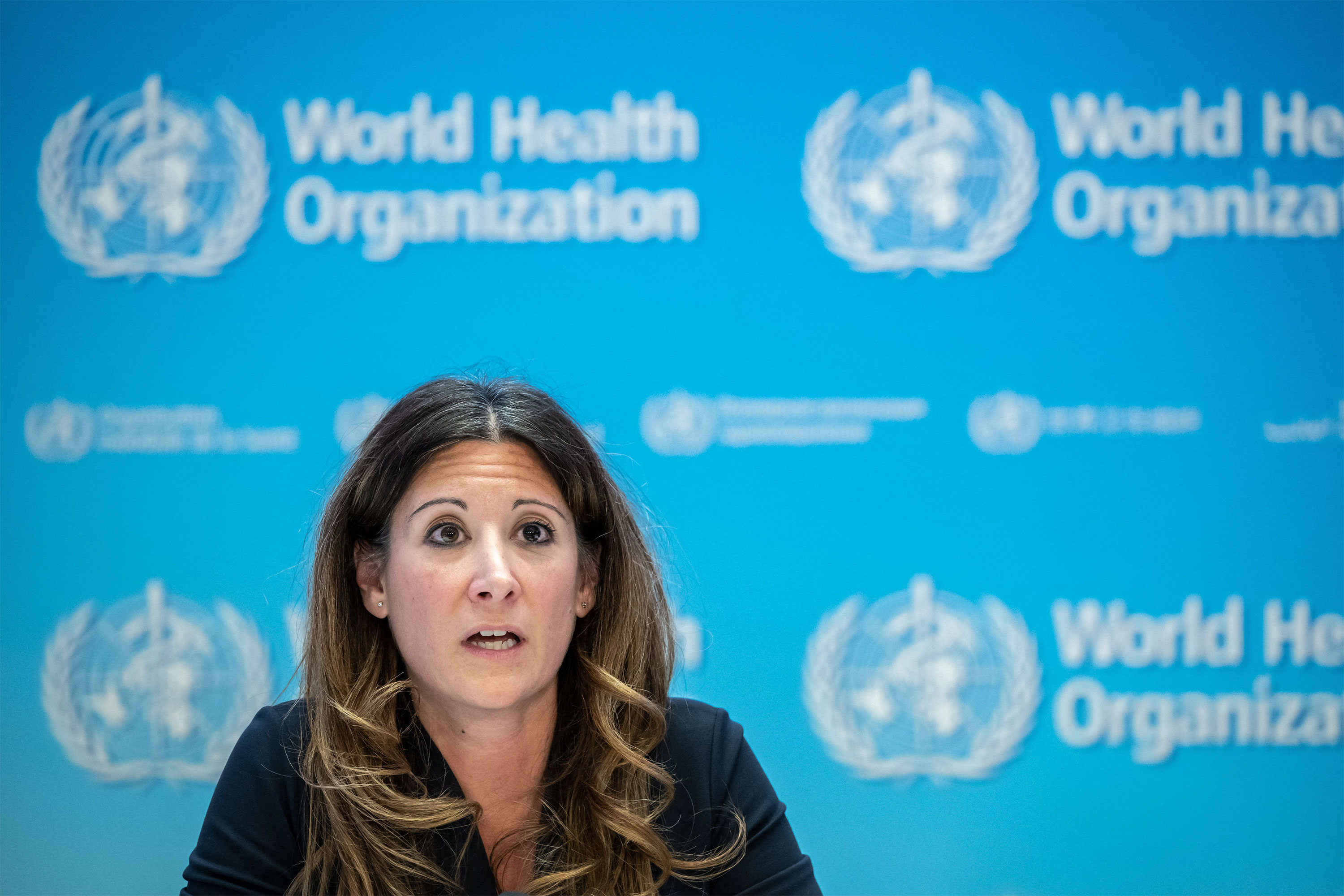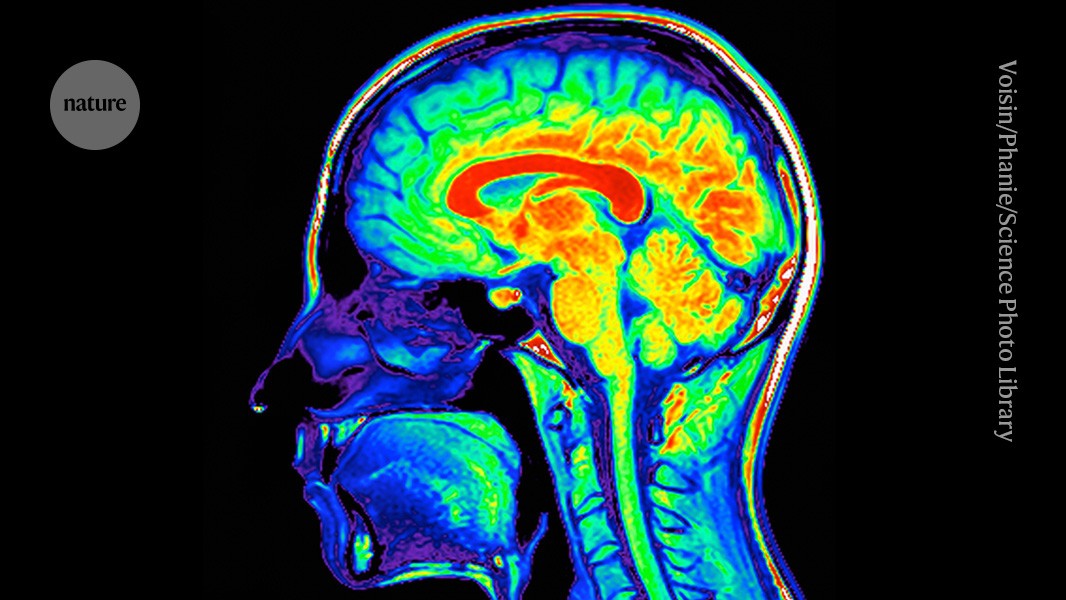The World is Throwing a Fit of Amnesia
Hello doomers, I'm working on another news roundup for the weekend. In the meantime, I completely rewrote an
Updates from the storm.

There's a lot going on (like always). I'm going to start offering little news roundups along with my other work.
Let's jump in:
The pile of evidence continues to build that you don't want to catch Covid. Moderna recently released a report confirming that your odds of developing Long Covid go up with each infection, hovering at 40 percent by your third. (The report cites a number of studies we've seen before.) The highest rates are happening among the age group 35-49. Here's the info:

To recap, we know that Long Covid refers to a range of chronic, post-infection illnesses that include viral persistence but also a deranged, weakened immune system, short term and long term brain damage, heart damage, liver damage, blood vessel damage, and damage to virtually every other organ system in the body. On top of that, we know that Covid ages you by shredding your telomeres. So, yes, the odds as well as the severity of this damage go up every time we get sick.
Here's a catalog of studies:

As we also suspected, those free rapid tests we're getting don't do a very good job of detecting Covid at all. A study in Australia found that out of 26 different tests, only 6 were effective. The researchers were "shocked." That doesn't mean you should throw your rapid tests away, but it means that relying on those alone won't do much of anything to help anyone at this stage. It also suggests that our governments have all taken Trump's initial approach. If you don't test, or don't provide reliable tests, then you don't have cases. Here's the info:
The WHO has finally acknowledged what experts like Linsey Marr have been trying to tell us for years now. Pathogens spread through the air when we inhale and exhale. So the droplet theory is officially dead. It's a baby step in the right direction, and we have to celebrate them, at least a little. It's one more piece of information we can leverage.

Scientists have also uncovered the part of the brain that controls your immune response. They describe it as a dial. Nate Bear gave an excellent breakdown of the study:

This is big. Scientists have identified the cells in the brainstem that sense immune cues from the body and act as "master regulators" of the body’s inflammatory response. "The discovery is akin to a black-swan event. It's a whole layer of biology we haven’t even anticipated” pic.twitter.com/SSsRczV3QB
— Nate Bear (@NateB_Panic) May 2, 2024
The CDC has finally admitted what we already know, that avian flu has pandemic potential and we're not doing enough. The virus itself has mutated 300 times recently, and it's acquiring the exact mutations it would need to spread among humans:

So what exactly has to happen for avian flu to start a pandemic? There's a specific mutation that lets the virus infect us better by overriding our natural defenses. Here's Science:
Different combinations of mutations in one subunit of the polymerase, PB2, can change the enzyme to work better in mammals. But there’s one known mutation, dubbed E627K, that does so in a single bound by swapping an amino acid at a key position, a glutamate, for a lysine. The mutation’s first recorded appearance was in the virus causing the 1918 flu. “That PB2 was so good that it has stuck in every human influenza virus until the 2009 swine flu pandemic,” says Imperial College London virologist Tom Peacock.
Scientists have been finding this mutation across outbreaks in mammal populations over the last few years.
So it's already happening.
It's not a matter of hoping it's not going to happen. It's a matter of when and not if. Bird flu will start spreading between humans. Unfortunately, farmers and state agriculture officials are putting up a lot of resistance against the federal government, telling them to "back off" even as we have no idea who's getting infected:
That's where we stand at the moment. Wealth and power continue to derail effective responses to major diseases. These are things I explore in my own latest piece. I try to end on an optimistic note. We might live in the age of the wendigo. If so, intelligence and compassion remain our best defense.

That's it for now. My family will be on the road for a couple of days, but I'll be back with more later this week.
Take care,
Jessica
Escape wishful thinking.